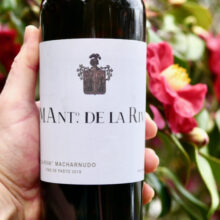
Product information
Manuel Antonio de la Riva ‘ La Riva, Vino de Pasto’ Pago Macharnudo Palaminio 2018
$152
Description
This isn’t your grandmother’s Sherry.
Made in the style of bygone regional traditions, the De La Riva Vino de Pasto is an non-fortified aromatic table wine made with Palomino from the El Notario plot in pago Macharnudo. It ages under flor for 10 months, which gives distinctive Fino notes: brine, bruised apples and a mineral tang. Despite Palomino’s naturally low acidity the wine vibrant and juicy on the tongue, which complements the textural nature of the palate and its savoury flavour profile. The finish is long and leaves your mouthwatering, ready for the next sip.
In stock
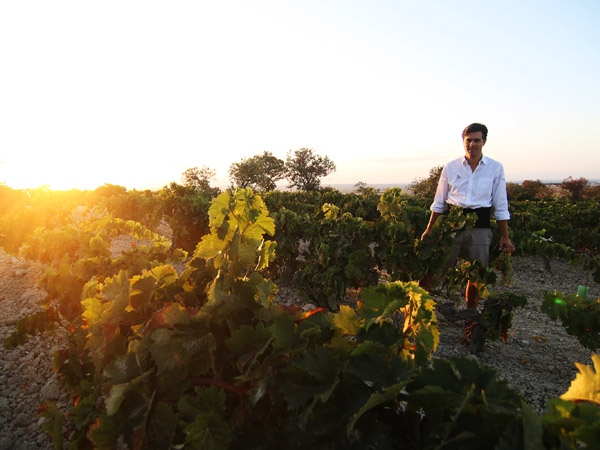
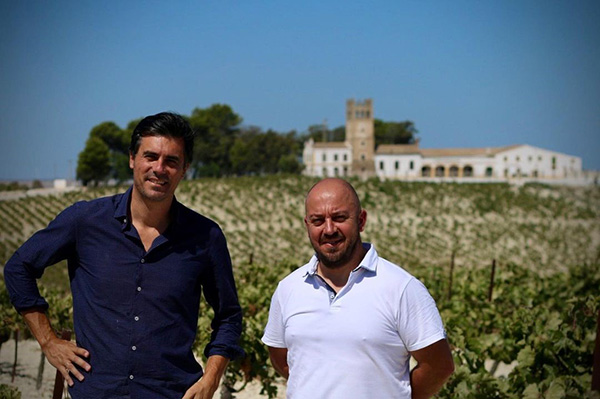

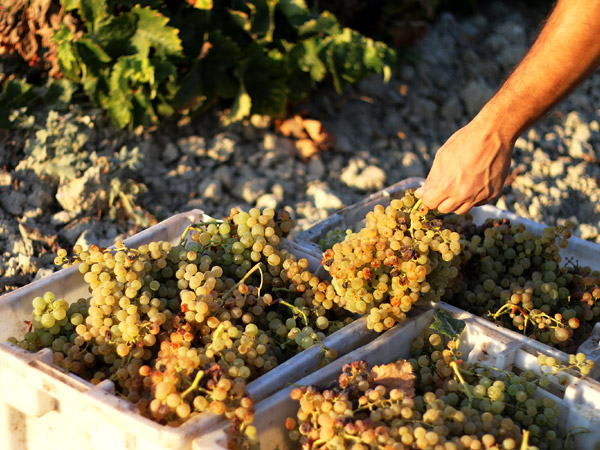
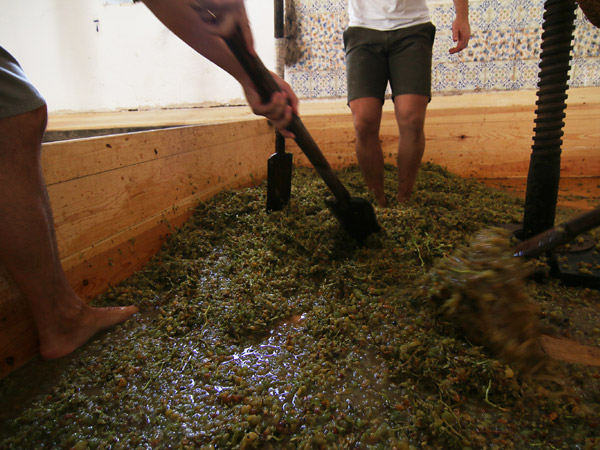
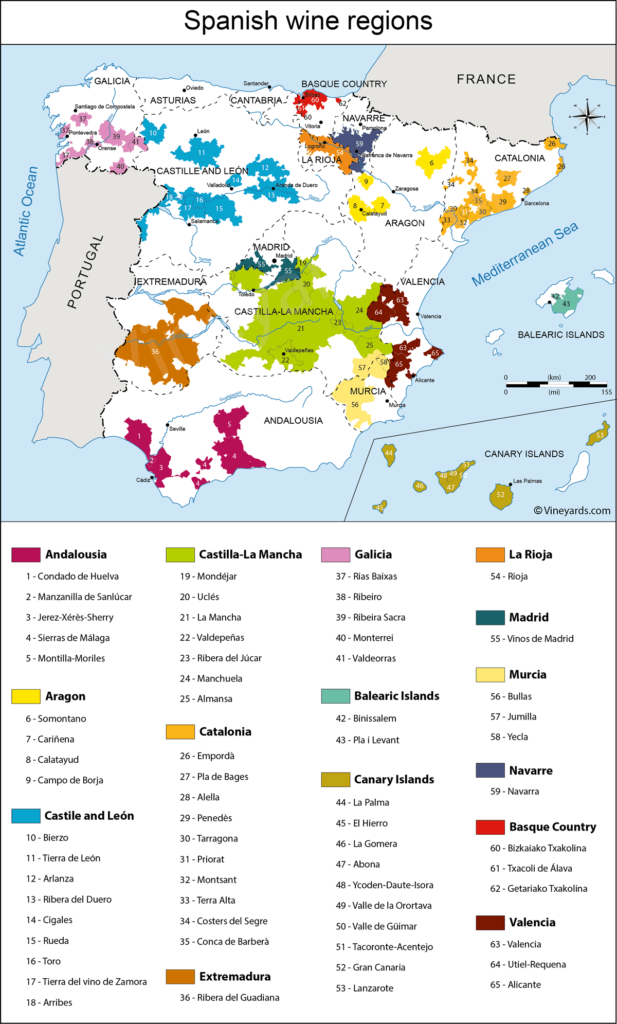
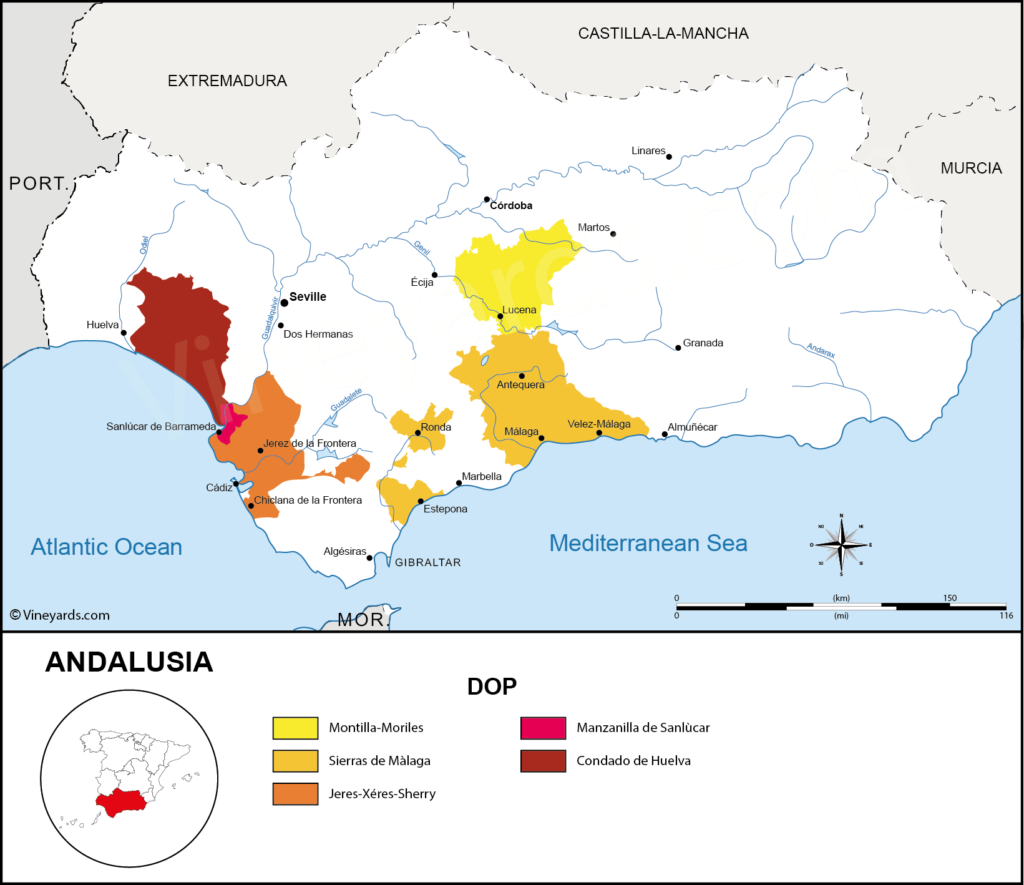
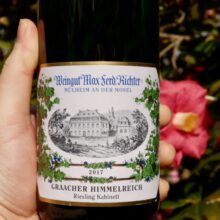
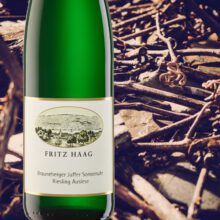
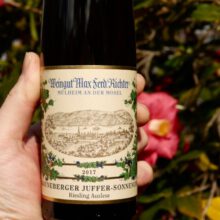
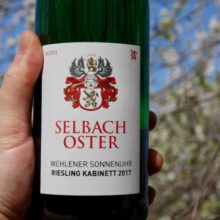
You must be logged in to post a comment.